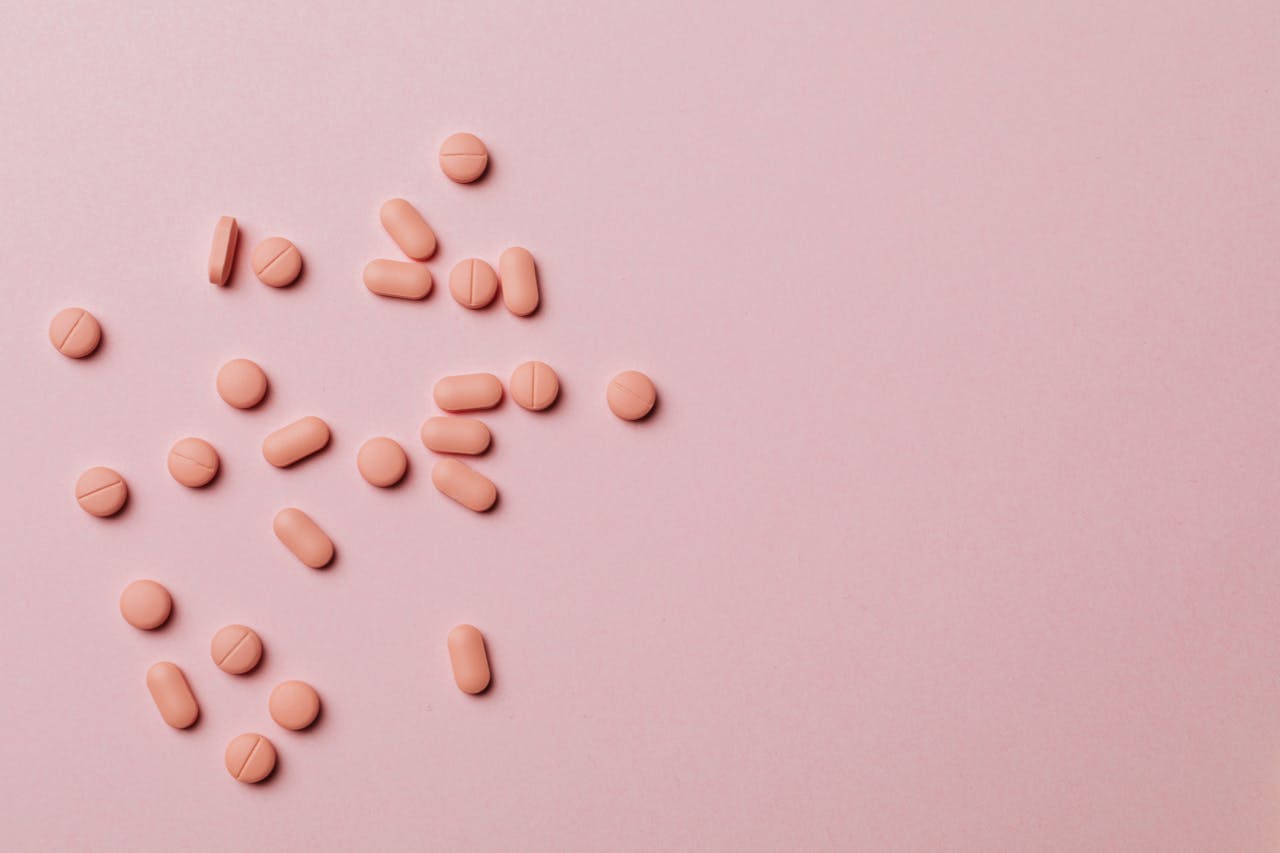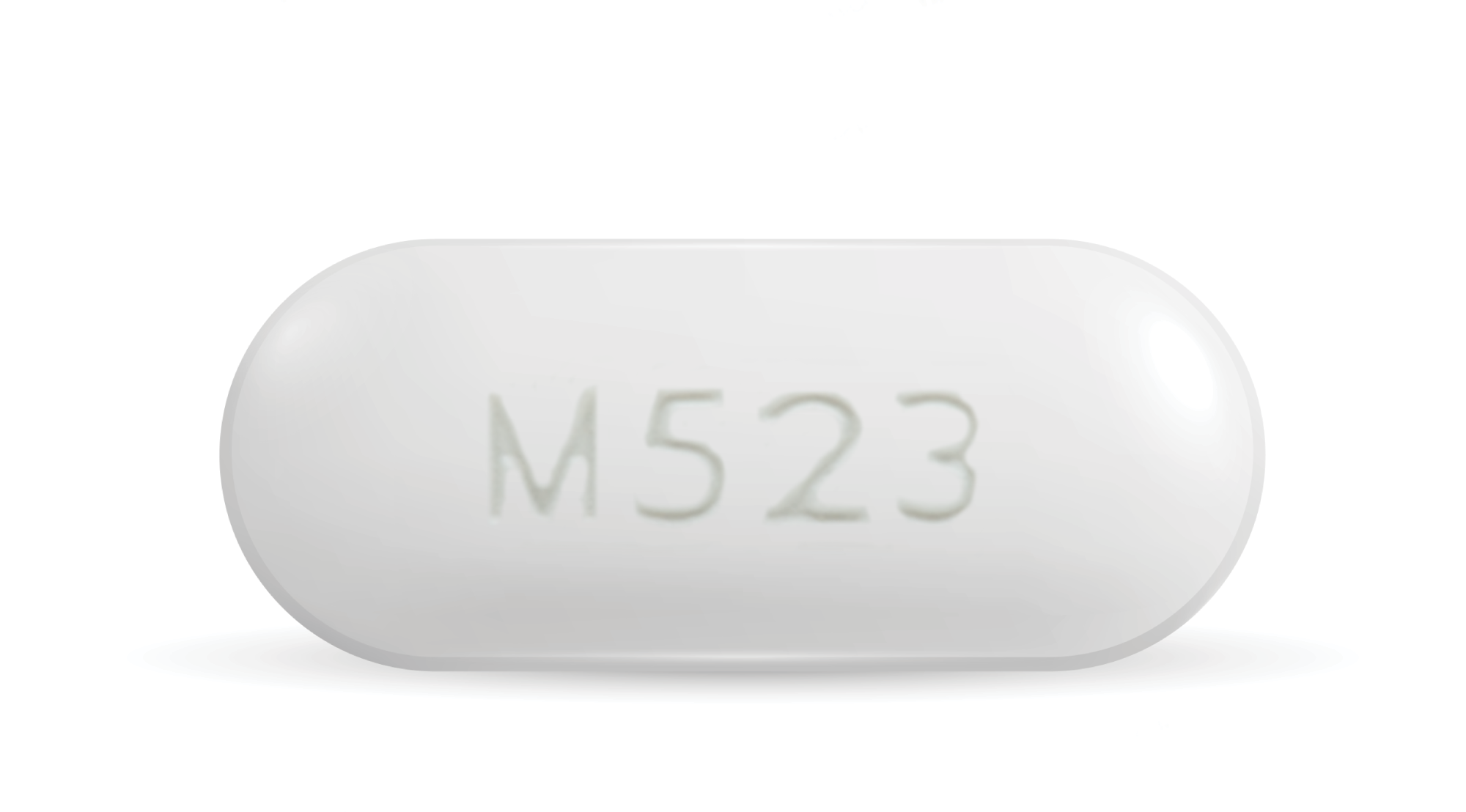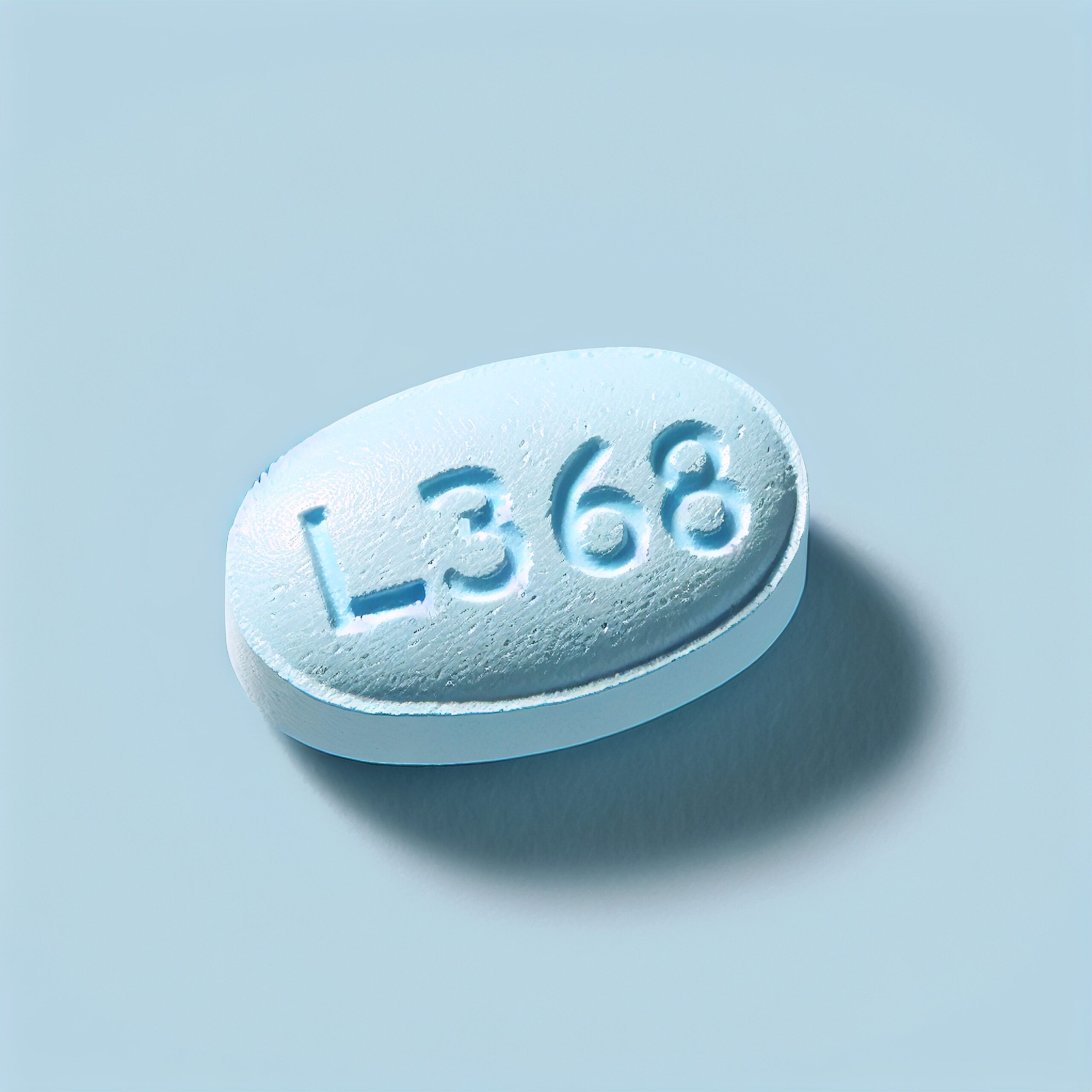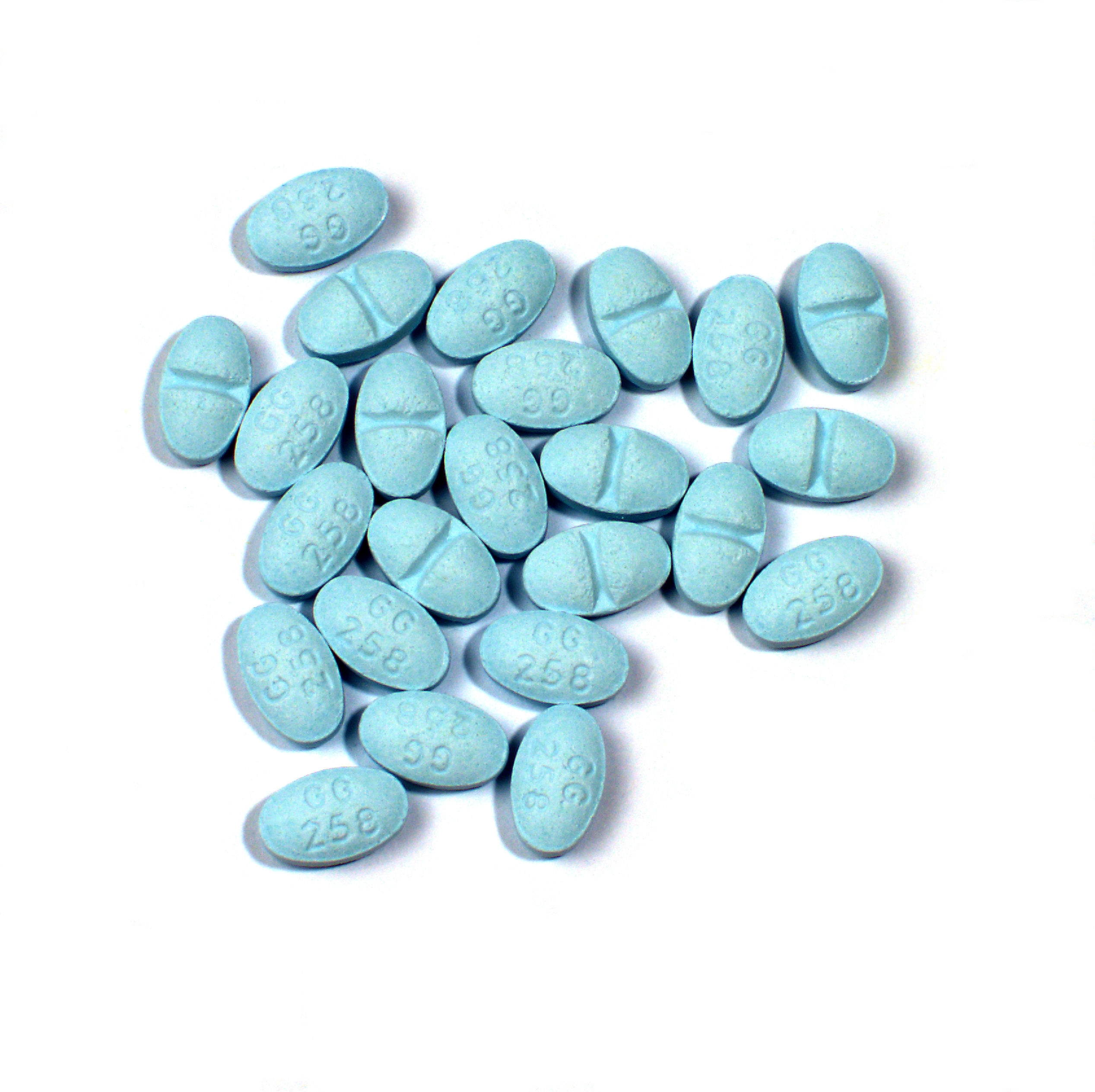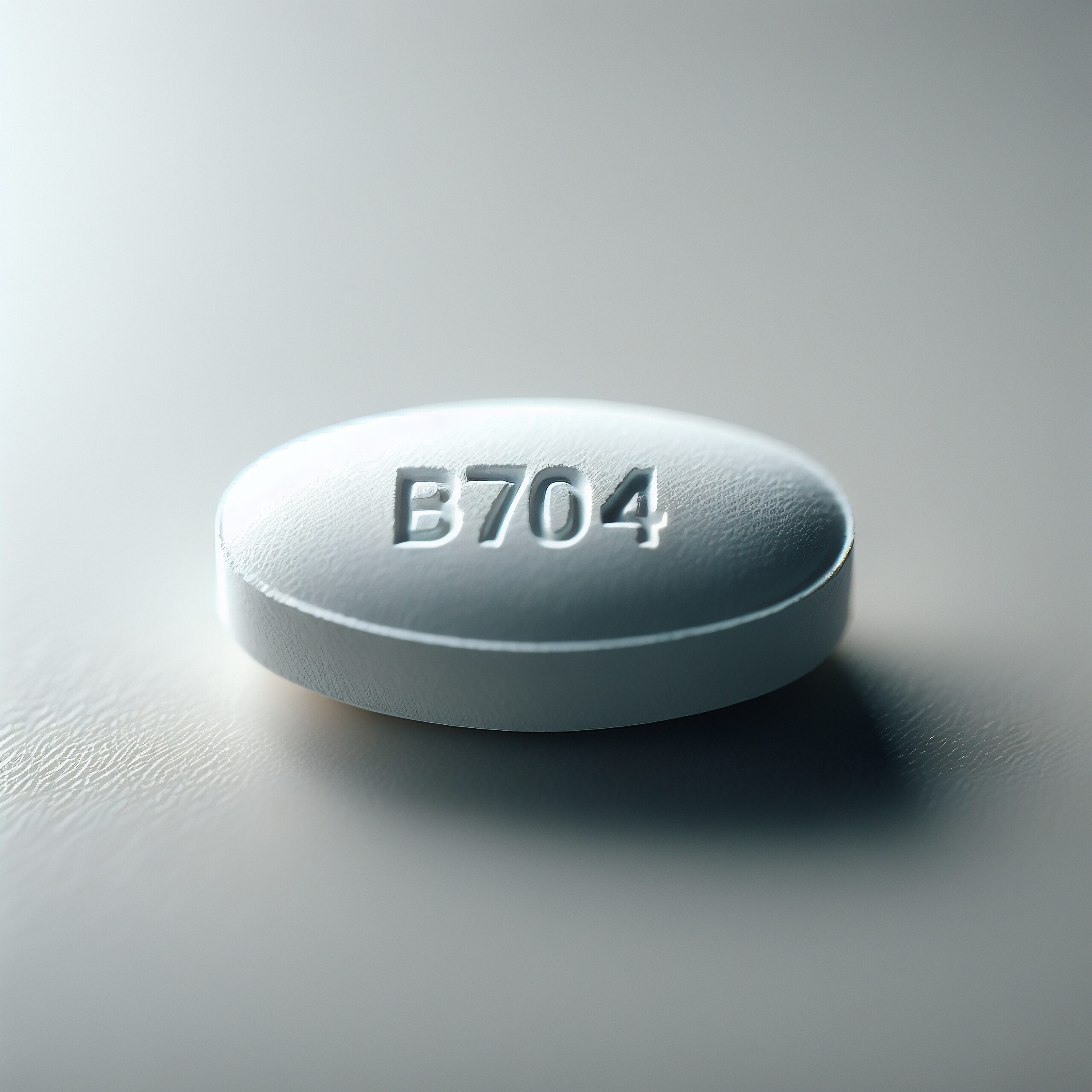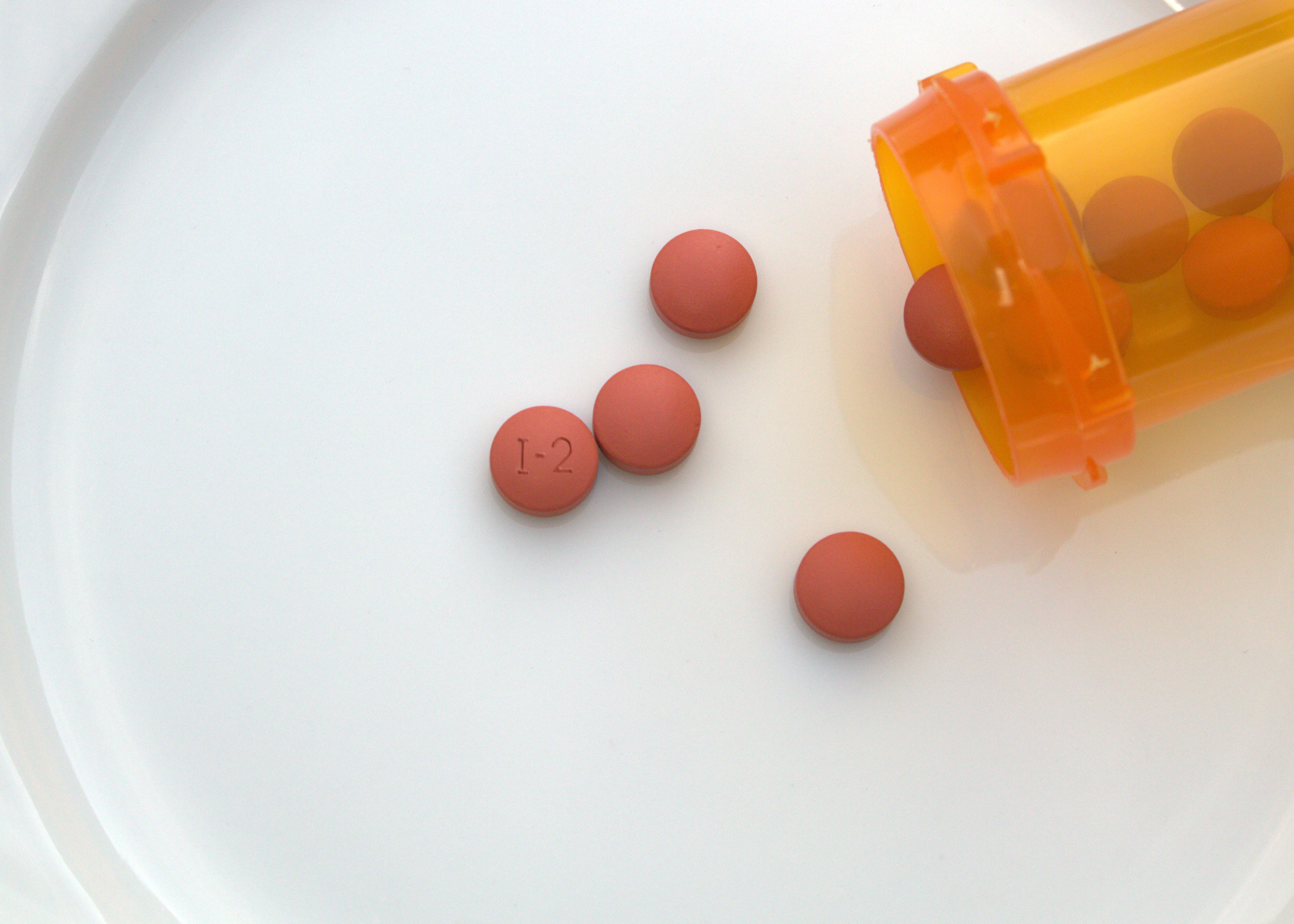How Long Does Alcohol Stay in Your System

When you drink alcohol, it stays in your body for some time before it is fully processed and removed. How long does alcohol stay in your system varies depending on many different factors.
Read on to learn more about the effects of alcohol and its duration in your body and how to get compassionate and effective addiction treatment.
How Long Does It Take for Alcohol to Leave Your System?
How long until alcohol is out of your system, then? Alcohol leaves your system at a rate of about one standard drink per hour. This can change based on how much you drank and your body’s ability to process alcohol.
How long does alcohol stay in urine?
How long does alcohol stay in urine for up to 5 days after drinking. In some cases, special tests can find alcohol in urine even longer.
How long does alcohol stay in your blood?
Alcohol can stay in your blood for up to 12 hours after you stop drinking. Blood tests can show your BAC (blood alcohol concentration) during this time.
How long does alcohol stay on your breath?
Alcohol can be detected on your breath for 12 to 24 hours after drinking. Breathalyzers are used to measure BAC from your breath.
How long does alcohol stay in your hair?
Alcohol can stay in your hair for up to 90 days. Hair tests can show if you drank alcohol over a long period.
Alcohol Half-Life: Different Alcohols & Liquors
The half-life of alcohol is the time it takes for your body to reduce the alcohol level by half.
How long does beer stay in your system?
Each glass of beer leaves your system every hour. It can be detected in urine, blood, and breath during this time.
How long does wine stay in your system?
Wine also leaves your system at the rate of one standard drink per hour. Tests can find traces of wine in your urine, blood, and breath during this period.
How long does liquor stay in your system?
A short of liquor, like vodka or whiskey, leaves your system in 1 hour. It can be detected in urine, blood, and breath tests.
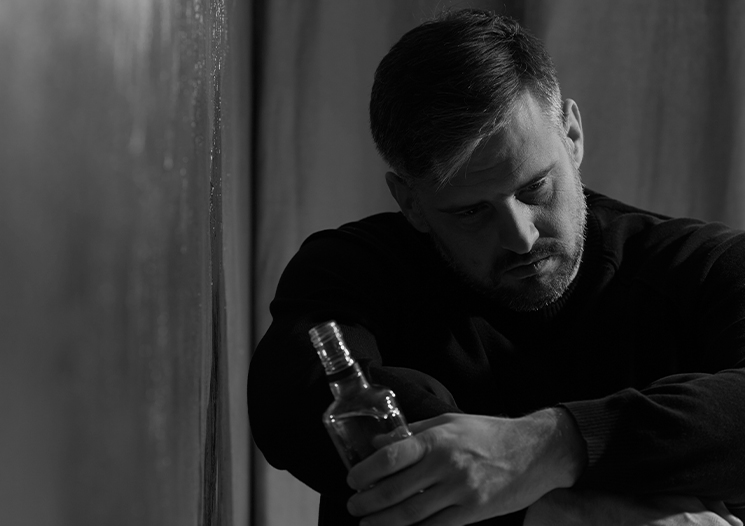
Other Factors That Affect the Rate at Which Alcohol Is Processed
The speed at which your body processes alcohol depends on many factors. Understanding these can help explain why alcohol affects people differently.
Age
The body’s ability to metabolize alcohol decreases with age, meaning it will stay in the system for longer.
Biological sex
Men and women process alcohol at different rates. Women generally have a higher percentage of body fat and lower water content than men, leading to slower alcohol processing. Hormonal differences can also play a role.
Food
Eating food before or while drinking can slow down the absorption of alcohol into your bloodstream. A full stomach helps slow the passage of alcohol to the small intestine, where it is absorbed more quickly.
Body size
Larger individuals typically have more water in their bodies, which can dilute alcohol and speed up processing. Smaller people may feel the effects of alcohol more quickly and for a longer time.
Medications
Certain medications can affect how your body processes alcohol. Some medicines can slow down the breakdown of alcohol, increasing its effects and the time it stays in your system. Always check with a doctor before drinking alcohol if you are on medication.
Tolerance
People who drink regularly may develop tolerance, meaning their bodies become more efficient at processing alcohol. However, this doesn’t reduce the damage alcohol can cause or its effects on the body and brain.
Understanding these factors can help you make safer choices about drinking and be more aware of how alcohol might affect you and those around you.
How Long Does It Take for Alcohol to Kick In?
When you drink alcohol, it can start to affect your body quickly. Alcohol is absorbed into your bloodstream through the stomach and small intestine. For most people, the effects of alcohol can start to be felt within 10 minutes. However, it can take 30 to 90 minutes for alcohol to reach its peak level in your blood.
Signs of Being Drunk
When a person is drunk, they may show several signs. These can vary depending on how much alcohol they have consumed, their body size, and other factors. Common signs of being drunk include:
- Slurred speech
- Difficulty walking or staying balanced
- Blurry vision
- Slowed reaction times
- Poor judgment and decision-making
- Lowered inhibitions
- Mood swings, such as becoming overly happy or angry
- Feeling sleepy or tired
How Long Does It Take for Alcohol to Affect Brain Function?
Alcohol affects the brain quickly. Even small amounts of alcohol can slow down your brain function. This can happen within minutes of drinking. The more you drink, the stronger the effects. Alcohol can impair your ability to think clearly, make good decisions, and react quickly. This is why it is dangerous to drink and drive.
Alcohol Metabolization
Alcohol metabolization is the process by which your body breaks down alcohol. Most of this process happens in your liver. On average, the liver can metabolize about one standard drink per hour. A standard drink is usually:
- 12oz of beer
- 5oz of wine
- 1.5oz of distilled spirits, like vodka or whiskey
If you drink more than your liver can process, the alcohol stays in your bloodstream longer, increasing your blood alcohol concentration.
What Is Blood Alcohol Concentration (BAC)?
Blood alcohol concentration, or BAC, expresses how much alcohol is in your blood. It is given as a percentage. A BAC of 0.08%, for example, means there are 0.08g of alcohol per 100ml of blood. BAC levels can tell how much alcohol is affecting your body and brain.
What Is a High BAC Level?
A high BAC level means there is a lot of alcohol in your bloodstream. This can be dangerous and lead to alcohol poisoning. Some BAC levels and their effects are:
- 0.02% to 0.03%: You might feel relaxed and a little warm.
- 0.04% to 0.06%: You might feel more relaxed and less shy, but your reaction times slow down.
- 0.07% to 0.09%: Your speech may start to slur, and your coordination decreases. This is the legal limit for driving in many places.
- 0.10% to 0.12%: Your balance, vision, and coordination are impaired. You may start to feel very euphoric or emotional.
- 0.13% to 0.15%: You may have blurred vision, and you might feel very unsteady.
- 0.16% to 0.20%: You may feel very confused, and nausea may set in.
- 0.21% to 0.29%: Stupor sets in, and you may have trouble staying awake.
- 0.30% to 0.39%: You may lose consciousness, and your risk of alcohol poisoning increases.
- 0.40% and above: You are at risk of coma and death due to respiratory arrest.
What Is a Normal BAC Level?
A normal BAC level for someone who has not been drinking is 0.00%. Any BAC level above 0.00% indicates the presence of alcohol in the system. Different activities and regulations may have specific BAC limits. For example, the legal driving limit in many places is 0.08%.
How Much Alcohol Is in a Standard Drink?
A standard drink contains about 14 grams of pure alcohol. Different types of alcoholic drinks have different amounts of alcohol. Here’s a quick guide:
- Beer: A 12-oz beer usually has around 5% alcohol, which is one standard drink.
- Wine: A 5-oz glass of wine with about 12% alcohol is one standard drink.
- Distilled spirits: A 1.5-oz shot of distilled spirits (like vodka, rum, or whiskey) with about 40% alcohol is one standard drink.
How To Get Alcohol Out of Your System
Getting alcohol out of your system takes time. Your body needs to metabolize it, which cannot be sped up significantly. However, here are some things that might help you feel better:
- Hydrate: Drink plenty of water to help with dehydration.
- Eat: Eating food can help slow the absorption of alcohol.
- Rest: Give your body time to process the alcohol. Rest and sleep can help you recover.
- Exercise: Light exercise can boost your metabolism, but it won’t drastically speed up the process.
Remember, there is no quick way to sober up. Coffee, cold showers, and other remedies do not speed up alcohol metabolism. The best approach is to drink responsibly and know your limits.
How Long Does It Take for Alcohol to Leave Your System Calculator
Check out our online calculator to see how long it takes alcohol to leave you system.
Alcoholism
Alcoholism, also known as alcohol use disorder, is a chronic condition. A person with alcoholism experiences uncontrollable urges to drink alcohol despite the negative effects it causes in their life. This disorder can lead to serious problems at home, work, and in personal health. People with alcoholism often feel a strong need to drink and struggle to control their drinking.
Alcoholism is a chronic and relapsing condition. This means that it is a long-lasting disorder with periods of heavy drinking followed by attempts to quit or cut back. Even after periods of sobriety, there is a high risk of relapse. This pattern can continue over many years, making it a challenging condition to manage.
The relapsing nature of alcoholism means that even if someone has stopped drinking for a while, they may still experience strong cravings and can easily fall back into heavy drinking. This is why it is important for individuals with alcoholism to have ongoing support and treatment.
Treatment for alcoholism often involves multiple approaches, including counseling, medication, and support groups. These treatments can help manage the cravings and teach coping strategies to avoid relapse. However, recovery is a lifelong process, and individuals need to remain vigilant and committed to maintaining their sobriety.
Alcoholism can have severe health consequences. Chronic heavy drinking can lead to liver disease, heart problems, digestive issues, and brain damage. It also increases the risk of accidents and injuries. Additionally, alcohol use disorder can strain relationships and lead to social and financial problems.
Key Signs of Alcohol Addiction
All alcohol addiction present differently, but these are some common signs:
- Drinking more than planned: Often drinking more or longer than intended.
- Trying to cut down: Wanting to stop drinking but not being able to.
- Time spent on drinking: Spending a lot of time drinking or recovering from drinking.
- Craving: Feeling a strong need or urge to drink.
- Neglecting responsibilities: Missing work, school, or family duties because of drinking.
- Continuing despite problems: Drinking even though it causes problems in relationships or health.
- Giving up activities: Stopping activities you used to enjoy in order to drink.
- Tolerance: Needing to drink more alcohol to feel the same effects.
- Withdrawal: Feeling sick when not drinking, such as shaking, sweating, or feeling anxious.
Alcohol Addiction Treatment Programs
Alcohol addiction is disruptive but also treatable.
- Detox: A medically supervised program that helps you stop drinking safely. Doctors and nurses help manage withdrawal symptoms to make you as comfortable as possible.
- Inpatient treatment: You live at a treatment center and receive 24/7 care and support. This program includes therapy, medical care, and group support.
- Outpatient programs: You live at home and visit the treatment center for scheduled sessions. This allows you to continue with daily responsibilities while getting the help you need.
- Counseling: Talking with a therapist to understand why you drink and how to change your behavior. Counseling can be individual or in groups.
- Support groups: Meeting with others who are also trying to stop drinking. Groups like AA (Alcoholics Anonymous) provide encouragement and share experiences.
- MAT: MAT uses FDA-approved medications to help reduce cravings and withdrawal symptoms, combined with therapy and counseling.
- Family therapy: Involving family members in treatment to provide support and address any family issues related to alcohol use.
Get Compassionate, Insurance-Covered Addiction Treatment at Gratitude Lodge
If you have been battling addiction to alcohol, reach out to Gratitude Lodge in Southern California. Our luxury beachside rehab centers are in Long Beach and Newport Beach, California.
When you begin your recovery from alcohol addiction with supervised detox at one of our facilities, you benefit from 24/7 supervision and medications to make the withdrawal process safer and easier. After a week of detox, you can move into an ongoing inpatient program.
All alcohol addictions are unique, so all our treatment programs reflect this with personalized therapies, such as:
- Talk therapies
- Medication-assisted treatment
- Counseling
- Family therapy
- Holistic treatments
- Group therapy
- Aftercare
Call our recovery experts today at 800-994-2184.
Want to learn more?
Browse Topics
- ADDERALL ADDICTION
- ADDICTION
- ADDICTION AND HOLIDAYS
- ADDICTION NEWS
- ADDICTION RECOVERY
- ALCOHOL ABUSE
- ALCOHOL ADDICTION
- ALCOHOL AND DRUGS
- DRUG ADDICTION
- DRUG AND ALCOHOL DETOX
- DRUG USE
- FAMILY SUPPORT
- LONG BEACH ADDICTION
- LONG BEACH OPIOID EPIDEMIC
- MARIJUANA RECOVERY
- MEDICAL DETOX
- MENTAL HEALTH
- OPIOID EPIDEMIC
- PETS AND MENTAL HEALTH
- RECOVERY
- RECOVERY GUIDANCE
- REHAB
- SOCIAL ISOLATION
- SUBSTANCE ABUSE
- VICODIN ADDICTION

Not finding what you’re
looking for?
Recent Articles

Everything You Need to Know About Farmapram & the Risks of Mexican Xanax Bars
Begin your journey
to recovery.
team of dedicated, expert staff.




